The new version of AlphaZero discovered a faster way to do matrix multiplication, a core problem in computing that affects thousands of everyday computer tasks.



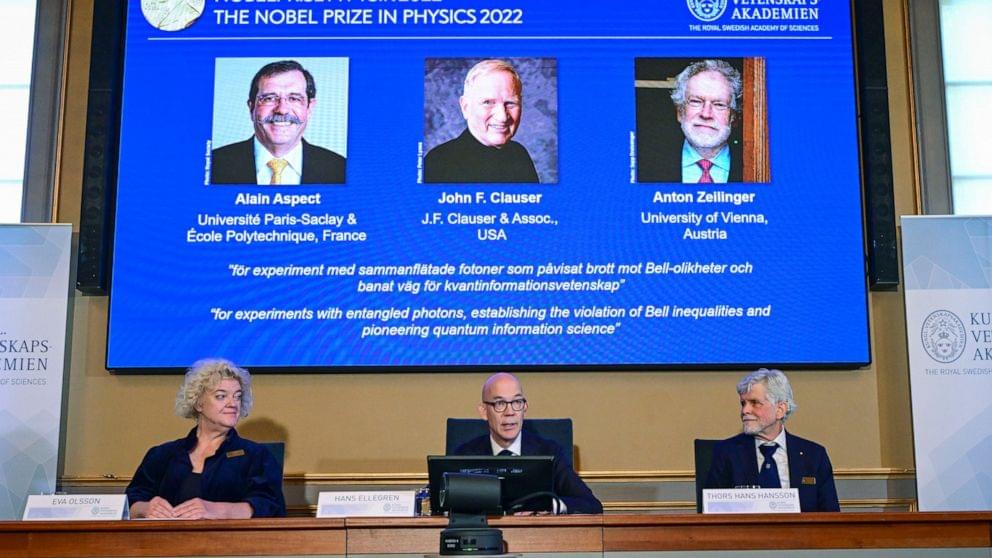
STOCKHOLM — Three scientists jointly won this year’s Nobel Prize in physics Tuesday for proving that tiny particles could retain a connection with each other even when separated, a phenomenon once doubted but now being explored for potential real-world applications such as encrypting information.
Frenchman Alain Aspect, American John F. Clauser and Austrian Anton Zeilinger were cited by the Royal Swedish Academy of Sciences for experiments proving the “totally crazy” field of quantum entanglements to be all too real. They demonstrated that unseen particles, such as photons, can be linked, or “entangled,” with each other even when they are separated by large distances.
It all goes back to a feature of the universe that even baffled Albert Einstein and connects matter and light in a tangled, chaotic way.
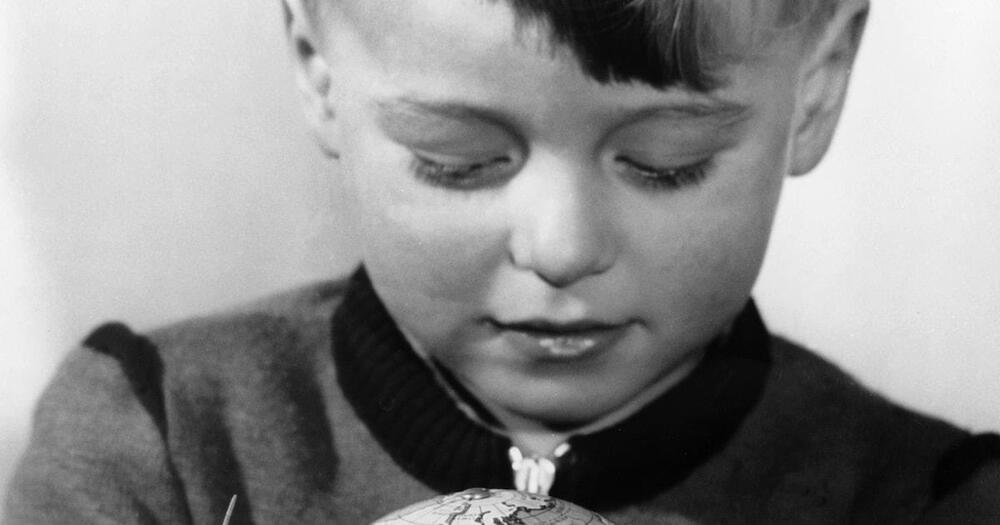
There was more to this launch than met the eye.
Earth’s first-ever artificial satellite Sputnik launched on October 4, 1957. In that moment, which occurred sixty-five years ago, the Cold War between the United States and the Soviet Union transformed into a race to dominate not only Earth but also space.
But there was more to the launch than met the eye — behind the development of satellites to orbit Earth was a more nefarious purpose.
“The other aspect of it was, of course, the race to develop the first intercontinental ballistic missile. The U.S. was working on the Atlas missile, and the Russians were working on the RS-7,” says Jonathan McDowell, an astronomer and astrophysicist at the Harvard–Smithsonian Center for Astrophysics.
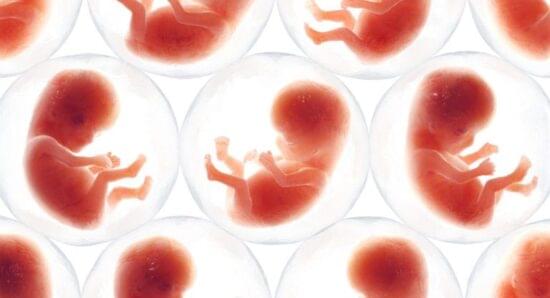
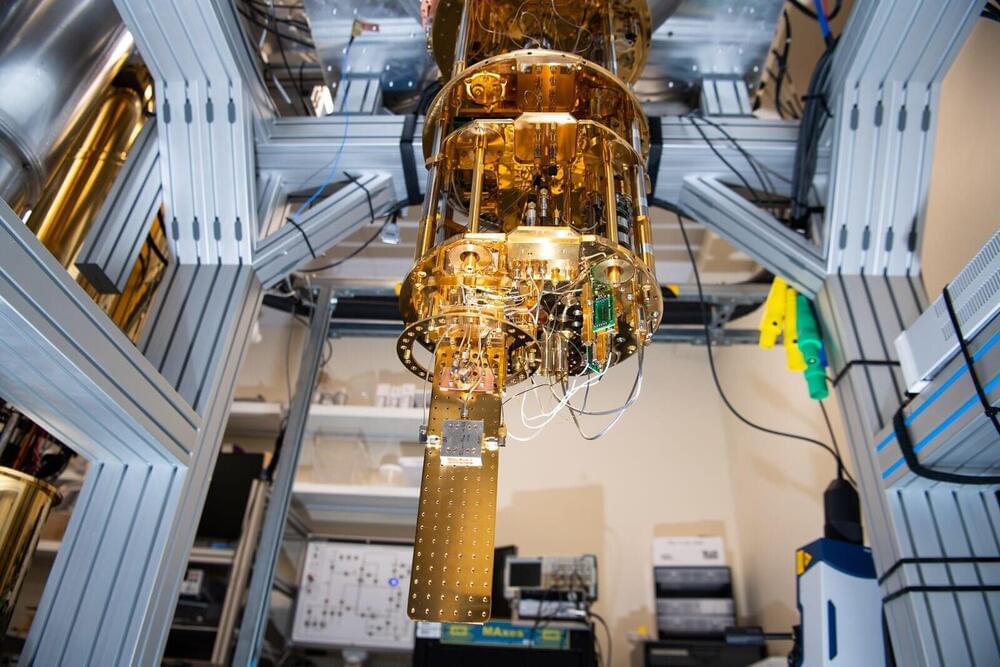
If you’ve ever tried to carry on a conversation in a noisy room, you’ll be able to relate to the scientists and engineers trying to “hear” the signals from experimental quantum computing devices called qubits. These basic units of quantum computers are early in their development and remain temperamental, subject to all manner of interference. Stray “noise” can masquerade as a functioning qubit or even render it inoperable.
That’s why physicist Christian Boutan and his Pacific Northwest National Laboratory (PNNL) colleagues were in celebration mode recently as they showed off PNNL’s first functional superconducting qubit. It’s not much to look at. Its case—the size of a pack of chewing gum—is connected to wires that transmit signals to a nearby panel of custom radiofrequency receivers. But most important, it’s nestled within a shiny gold cocoon called a dilution refrigerator and shielded from stray electrical signals. When the refrigerator is running, it is among the coldest places on Earth, so very close to absolute zero, less than 6 millikelvin (about −460 degrees F).
The extreme cold and isolation transform the sensitive superconducting device into a functional qubit and slow down the movement of atoms that would destroy the qubit state. Then, the researchers listen for a characteristic signal, a blip on their radiofrequency receivers. The blip is akin to radar signals that the military uses to detect the presence of aircraft. Just as traditional radar systems transmit radio waves and then listen for returning waves, the physicists at PNNL have used a low-temperature detection technique to “hear” the presence of a qubit by broadcasting carefully crafted signals and decoding the returning message.
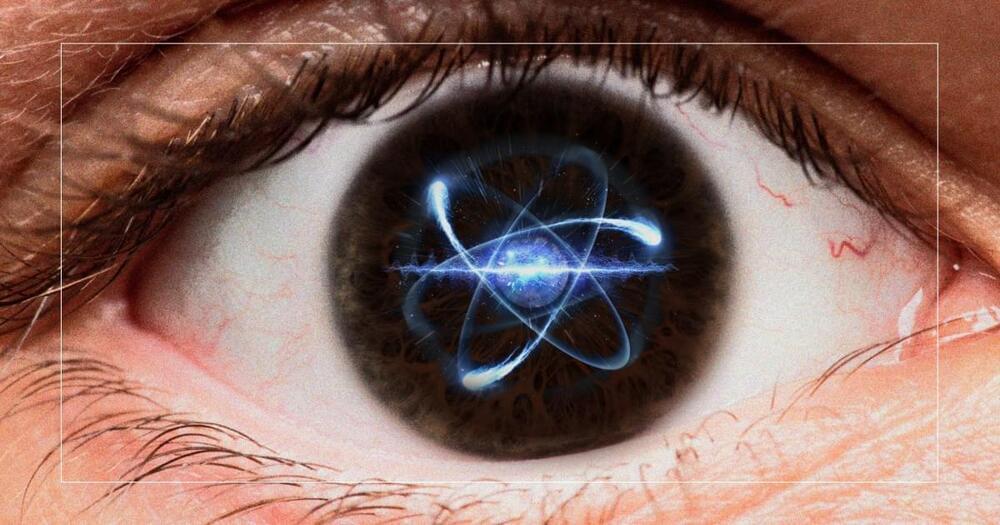
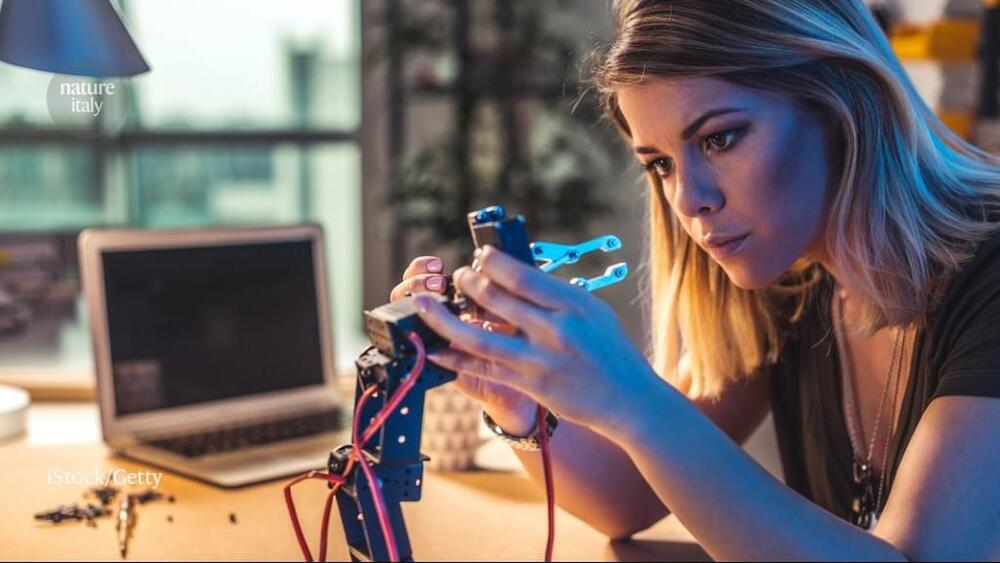
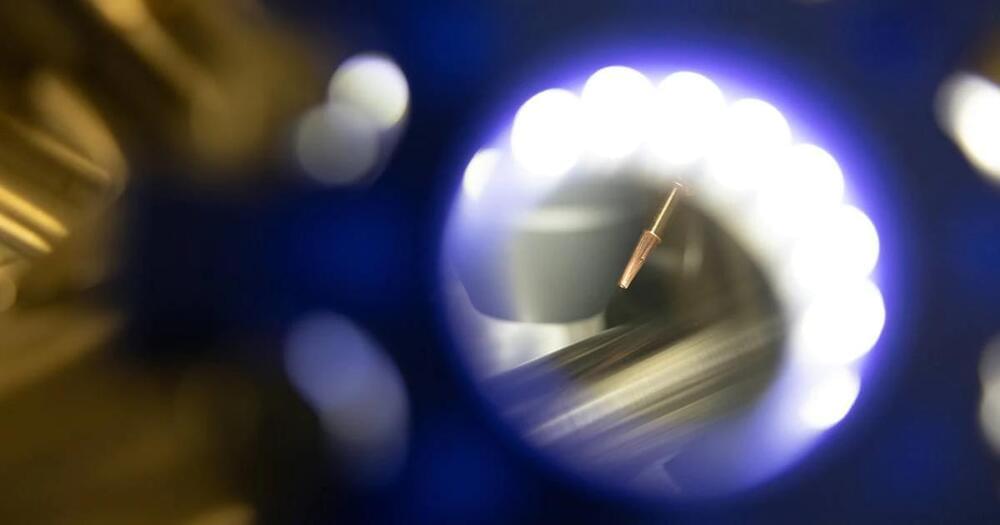
Imagine a world where super-strong, super-light, flexible, durable new materials, which don’t exist in nature could be made to order. New breakthroughs in the understanding of “spin”, a characteristic of subatomic particles — like mass and charge — mean we are on the brink of such a revolution.
“The ability to control spin, one of the fundamental properties of particles, is crucial to us being able to design advanced new materials that will change the world,” says Prof Alessandro Lunghi, a physicist at Trinity College Dublin, who heads up a team investigating the phenomenon.
The scientific concepts of particle mass and charge are widely understood and known, but the third property of particles — that of spin — remains mysterious to most. It’s a concept that even many scientists struggle to understand.
Maximizing Benefits Of The Life Sciences & Health Tech For All Americans — Dr. Andrew Hebbeler, Ph.D., Principal Assistant Director for Health and Life Sciences, Office of Science and Technology Policy, The White House.
Dr. Andrew Hebbeler, Ph.D., is Principal Assistant Director for Health and Life Sciences, Office of Science and Technology Policy at The White House (https://www.whitehouse.gov/ostp/ostps-teams/health-and-life-sciences/), and has extensive foreign affairs, national security, global health, and science and technology (S&T) policy experience.
Most recently, Dr. Hebbeler was Senior Director and Lead Scientist for Global Biological Policy and Programs at the non-profit Nuclear Threat Initiative and previous to that served in leadership positions at the State Department’s offices of Science and Technology Cooperation (OES/STC), the Science and Technology Adviser to the Secretary of State (E/STAS), and Cooperative Threat Reduction (ISN/CTR).
From 2013–2015, Dr. Hebbeler was Assistant Director for Biological and Chemical Threats at the Obama White House Office of Science and Technology Policy where he oversaw American S&T efforts to combat infectious disease and chemical weapon threats.
Prior to his White House position, Dr. Hebbeler led the State Department’s Biosecurity Engagement Program, a $40M program that prevents terrorist access to potentially dangerous biological materials and dual-use infrastructure and expertise, while supporting efforts to combat infectious disease and enhance public and animal health worldwide.